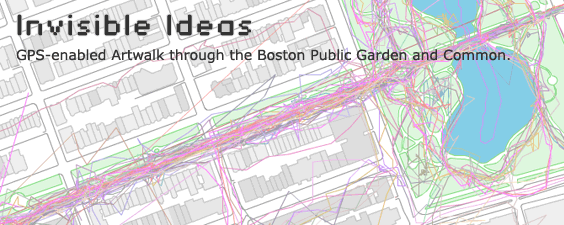
Drinks after tonight's class (at a to be disclosed location once we are done) to celebrate our final class and Ravi's new bundle of joy :)

The goal of our project was to create a website/database of videos and blogs that house a library of real actual videos of certain running or training clips. The videos would be shot from the first person perspective and could be played at fullscreen and viewed while someone runs on a treadmill at home or at a gym. Shooting from the first person would be a great way to simulate the actual body movement while running/walking. Additionally, we could set up a blog feature that allows usees to rate or comment on the videos/training sessions and potentially upload their own.
Details of quality control and ownership were decided upon so that the produt remains the possession of the company and the overallquality of material is kept to a consistent standard.
As part of the project, we also came up with long-term goals for the project including marketing startegy plans. Advertising opportunities such as product placement with a ticker or greenscreen would be lucrative means of commercializing the product as well as cutomizing it for the individual user. There is also potential partnerships with travel, hiking, and adventure companies.
DEMO
Web Spot:
It would give the user access on the web and it is then outputted to a TV http://www.quanicomedia.com/neu/cyber_routes/index.html
TreadMill Spot:
Demo of video display on a treadmill
http://www.quanicomedia.com/neu/cyber_routes/treadmill.html
*The project management software Comindwork was used for project management and scheduling. Our website: http://CONVERGEC.comindwork.com/

 So we went ahead with the idea of a "user created world" where artists and storytellers collaborate to create content about a single, fictional world and bring the world to life through their own imagination.
So we went ahead with the idea of a "user created world" where artists and storytellers collaborate to create content about a single, fictional world and bring the world to life through their own imagination.


 Idea #1: User-Created Fantasy World
Idea #1: User-Created Fantasy World










Touch screen technology continues to become more and more advanced and Microsoft has come up with some very unique ways of utilizing it. It will be very interesting when these tabletop computers begin to arrive in bars and restaurants. Watch the videos at Microsoft Surface's official site to get an idea of some more of the possibilities, it is very exciting!
Microsoft is also incorporating multi-touch technology in with their next operating system, Windows 7. I personally do not see a reason for a touch screen on a home PC that already has a mouse and keyboard. It seems quite interesting and is definitely a cool technology, but other than being "neat," the practical uses for home users does not seem apparent to me. The tabletop/surface version however, certainly shows much more apparent uses. Certainly, touch technology will be a large part of future computing and it will be exciting to watch it continue to emerge and develop.




